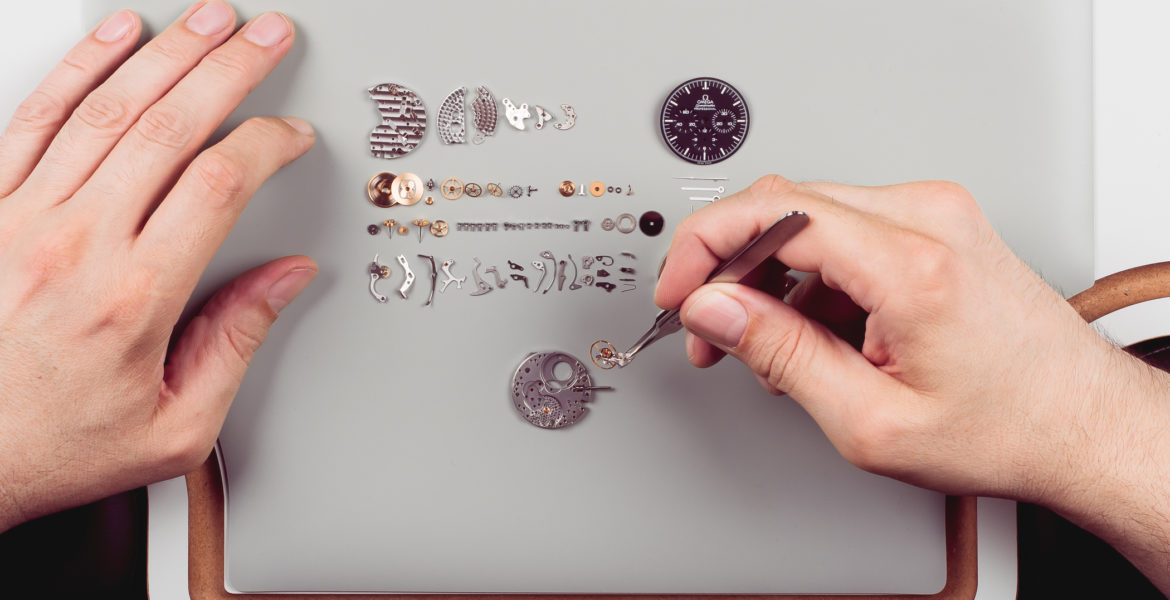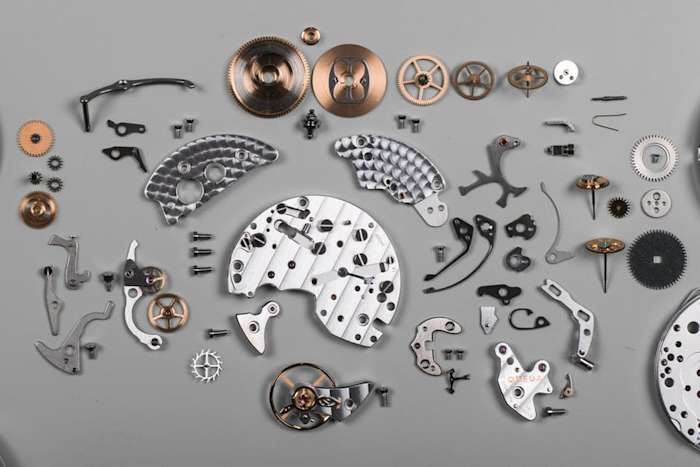
Are hand wound watches a good investment?

Mechanical movements come in two main flavours: manually wound, and self-winding (or “automatic”). It's not always easy to know which is the right choice for you. While automatic watches may seem to have some obvious advantages, there's a good case to be made that manual watches represent a more authentic, more desirable option.
Background
Like all machines, a timepiece requires power to operate. In mechanical watch movements, invented long before electricity, power must be provided by a tightly coiled spring. And like all power sources, a spring runs down over time, and must be wound up again. For most of history, clocks and watches had to be wound up by hand, until the automatic mechanical watch was invented in the 1920s (popularised by Rolex in the 1930s). Thanks to a winding rotor, an automatic watch uses the motion of the wearer's wrist to continuously wind up the movement. By the end of the 20th century, mechanical watches were upstaged again by electronic quartz movements that simply use batteries for power.
Many watch owners appreciate the convenience of automatic watches, which will never run out of juice as long as they are regularly worn. But there is a large proportion of collectors and connoisseurs who will tell you they prefer manual wind watches. There are a variety of reasons, which often come down to individual taste. Being the older form, manual watches can be seen as a more authentic and historic connection to the prestigious art of watchmaking. Many people enjoy the care and attention they require, finding the process of winding up their timepiece each evening to be a pleasure rather than a chore. They also resent the main downside of automatic watches: large rotors that obscure the view of the beautiful movement itself.

Omega Speedmaster
Strange to think, but when NASA sent astronauts to the Moon in 1969, they were equipped with manual wind Speedmasters from Omega. The Speedy – or the “Moonwatch” as it would soon be known – passed all of the rigorous testing by the space agency and was so beloved by the astronauts that they refused to change it for the upgraded model that Omega produced in the 1970s. The manual movement used in the Apollo XI Speedmasters was the legendary cal. 321, a version of Albert Piguet's groundbreaking invention. Today's watches still boast the equally famous cal. 1861, a simplified form with rhodium plating but otherwise much the same.

Breitling Navitimer
First released in the early 1950s in cooperation with the Aircraft Owners and Pilots Association, the Navitimer has become an icon in aviation horology. Prized by professionals and watch collectors alike, the Navitimer found popularity as an advanced onboard computer for cockpit calculations that pilots wanted to perform quickly. While the slide-rule bezel had previously been seen on Breitling's Chronomat in 1942, the first Navitimers improved on it with the manual wind Venus 178 movement. The watch has played host to automatic and quartz movements over the course of its celebrated history, but you can still find certain versions with hand-wound calibres.

Nomos Tangente
Not as old or classic, perhaps, as some renowned watchmakers, but Nomos has quickly become just as popular as more traditional manufactures since its founding in the early 1990s. Born in the the heart of glorious German watchmaking – the magical Saxon town of Glashütte – NOMOS creates stunningly stylish and idiosyncratic watches full of understated elegance. The brand prides itself on making (almost) everything in-house from the ground up, and the Tangente is one of its most admired collections. While the front side epitomises the clean, snappy design of NOMOS' “function before form” philosophy, the manual movements you can see through the caseback are even more breathtaking.

Jaeger-LeCoultre Reverso
Shaped in the high fashion of the 1930s, the Reverso is the consummate embodiment of all things Art Deco. Hailing from one of Switzerland's most prestigious firms, this Jaeger-LeCoultre timepiece is renowned not just for its captivating style and beauty but also its remarkable ability to transform. The watch is engineered in such a way that the dial can be taken out and flipped within the case, showing a second side. This can be used for extra displays and functions, or to show off the inner workings of the movement. Not every Reverso hosts a manual calibre, but many collectors prefer those models that do.

A. Lange & Söhne 1815
A. Lange & Söhne is the second brand on this list that was created in Glashütte after the fall of the Berlin Wall. But unlike NOMOS, the famous company has a pre-Communist history that stretches back to the early 19th Century. 1815 saw the birth of its founder, the gifted watchmaker Ferdinand A. Lange, whose masterful feats of horological prowess are still at the heart of the modern brand's success. Today's 1815 collection is admired for its classic simplicity and sophistication, but the real draw are the exquisite German-silver in-house movements, wound by hand.
